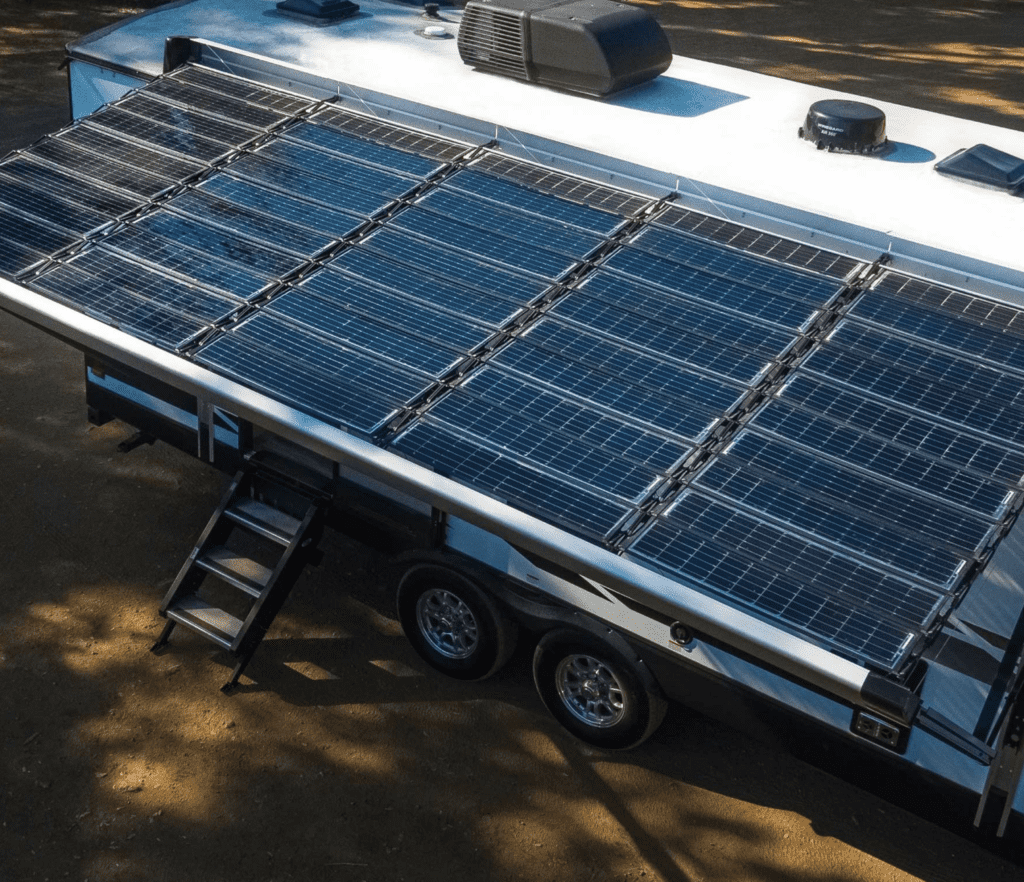Craigslist may have used minis.
my supply house sells scratch and dent minis regularly.
I got a nice 12K unit for 450...
patience gets results also.
Another question for the OP.
Is the ac needing full time use, or just peak cooling or something?
my supply house sells scratch and dent minis regularly.
I got a nice 12K unit for 450...
patience gets results also.
Another question for the OP.
Is the ac needing full time use, or just peak cooling or something?





